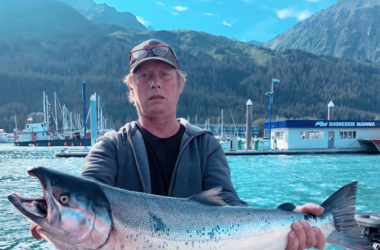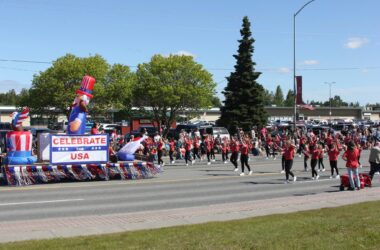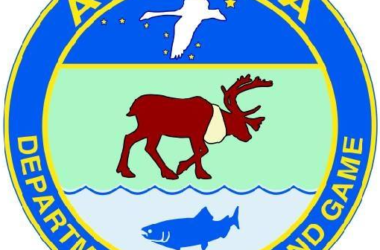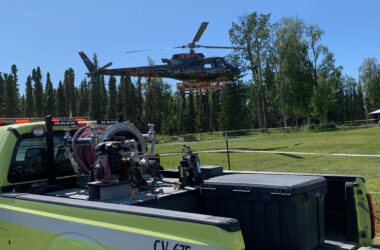The state’s efforts to eliminate the invasive weed Elodea in three Nikiski Lakes have been more efficient than anticipated.
Supervisory Biologist John Morton with the U.S. Fish and Wildlife Service said the first two treatments worked so well they may save money on the third treatment scheduled for this summer.
Morton: “The way Floridone works is that it needs to be in the water column and the fact that it stayed in the water column means that we can use less Floridone. So we’re hoping to do about half the amount of Floridone in Beck and Stormy Lake this summer.”
Morton said the total price tag for the treatment herbicides alone will end up around $600,000 and the overall project including man hours, lake water quality lab tests, etc., could bump it up to over $800,000.
Those monies were collected by the Fish and Wildlife Service through state and federal grants, other than the $40,000 put forward by the Kenai Peninsula Borough last year.
The various agencies involved in the process are continuing to monitor Stormy, Daniels, and Beck Lakes which were affected by Elodea, along with nearby lakes.
Morton: “We’r working with the Kenai Watershed Forum and the Kenai Fisheries office as well, they have a couple of people who are going to continue to look for Elodea in other lakes, we want to make sure we haven’t missed it and then we continue to be concerned about Bishop’s Creek that somehow we may have missed it there.”
The agencies are also investigating the effects on non-target plant species to make sure that all native plants remain in the lakes.
The Stormy Lake boat launch has been closed since the beginning of the process to eradicate Elodea but Morton said it might open this fall.
He added that hopefully the Fairbanks and Anchorage areas are also getting a handle on the invasive weed so it is not introduced again through things like plane floats or boots.










